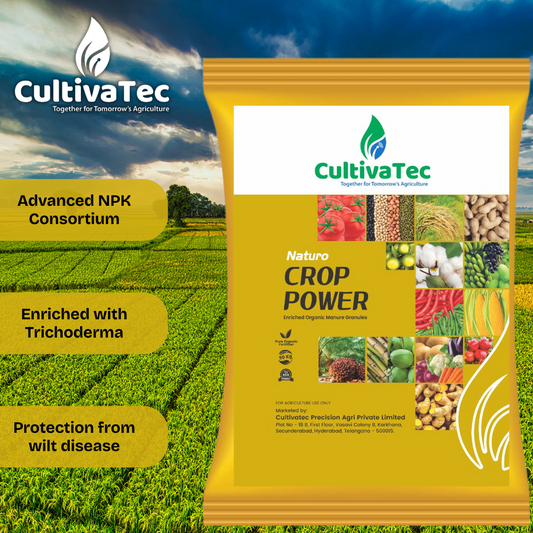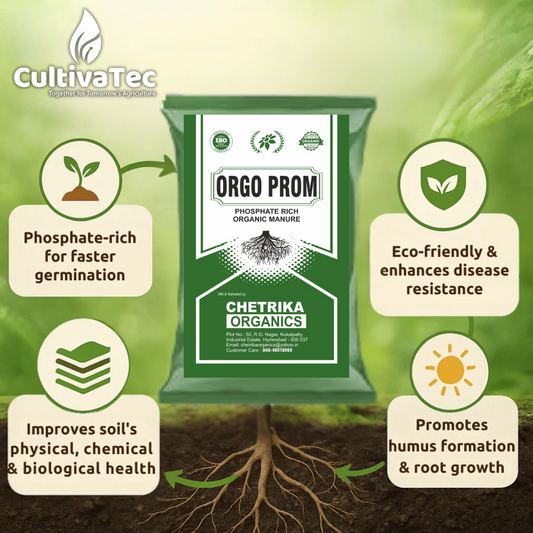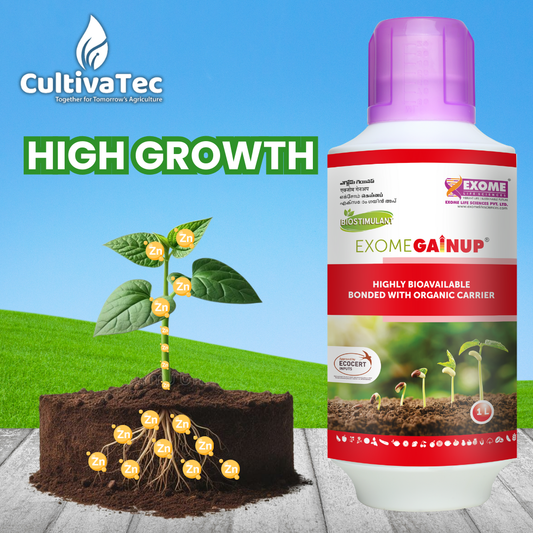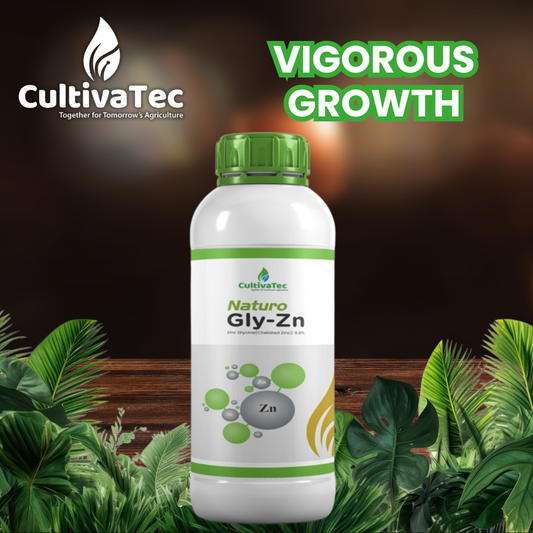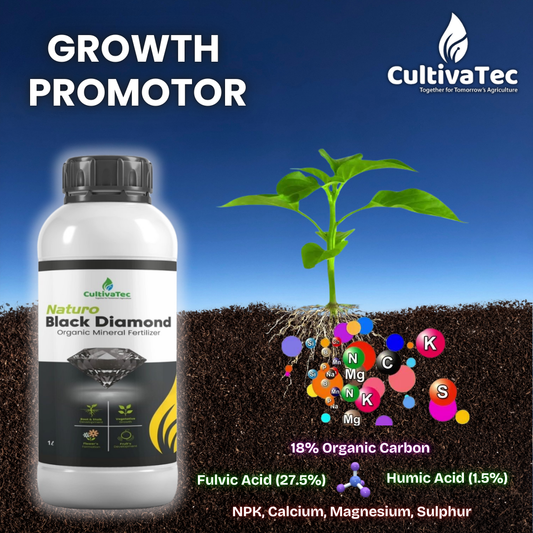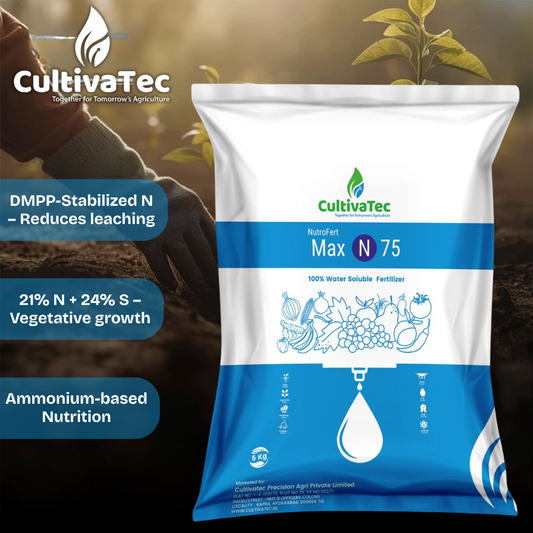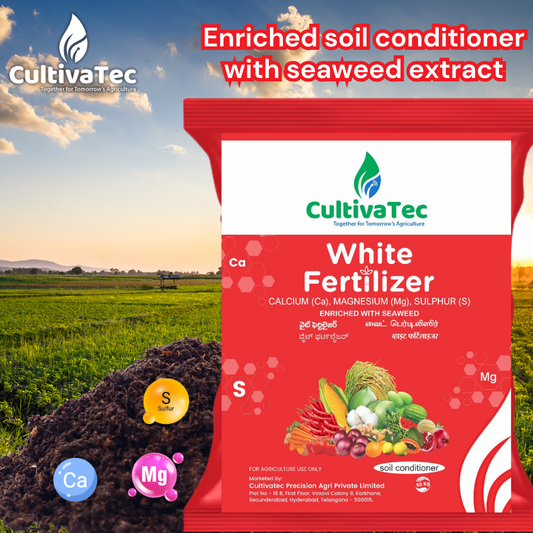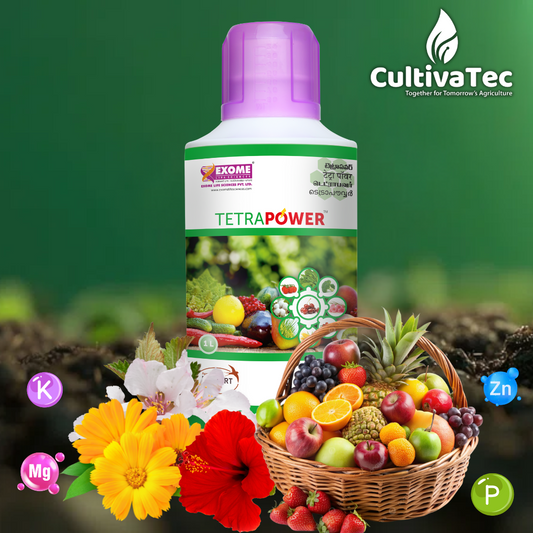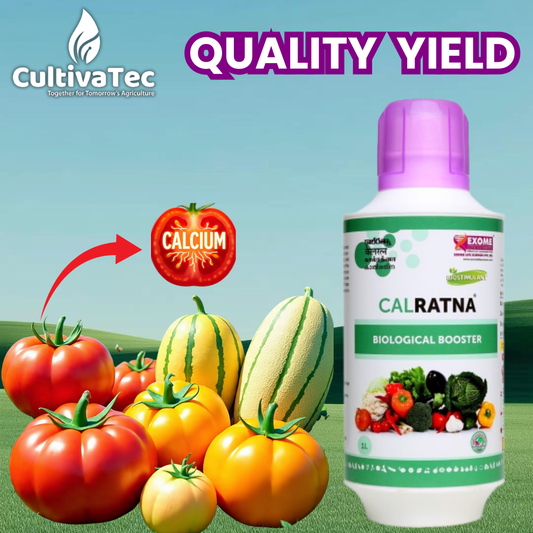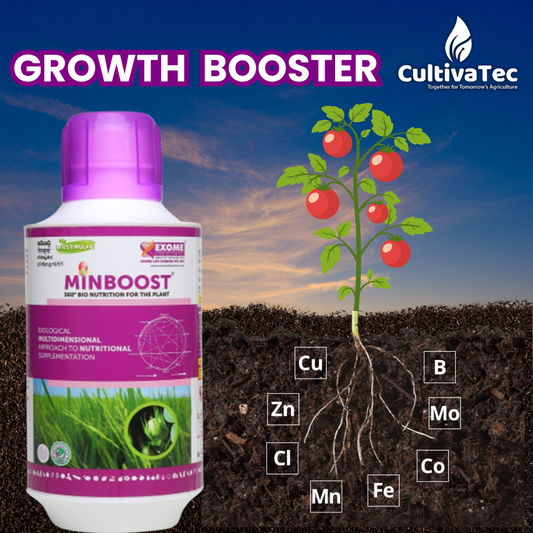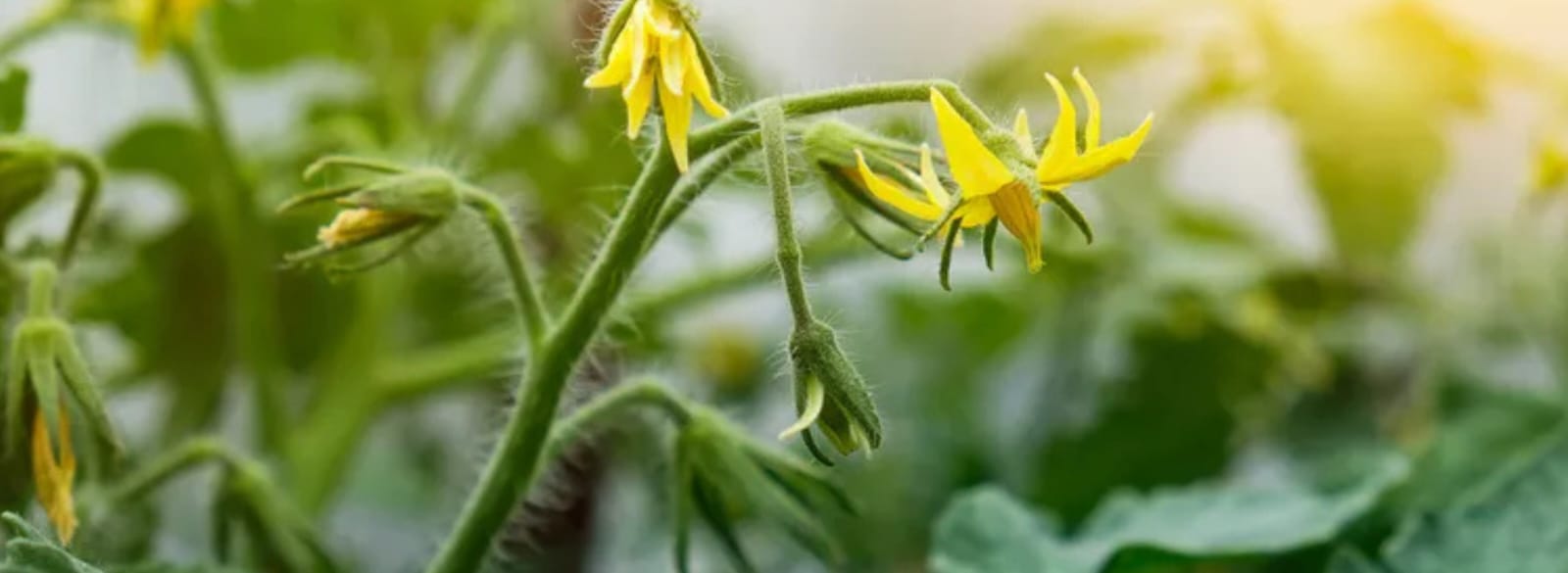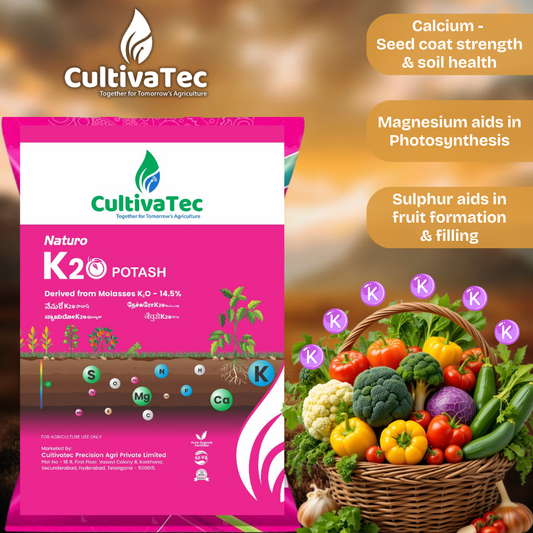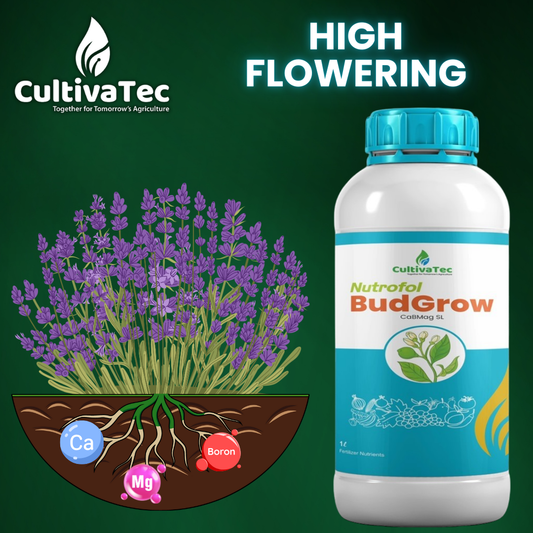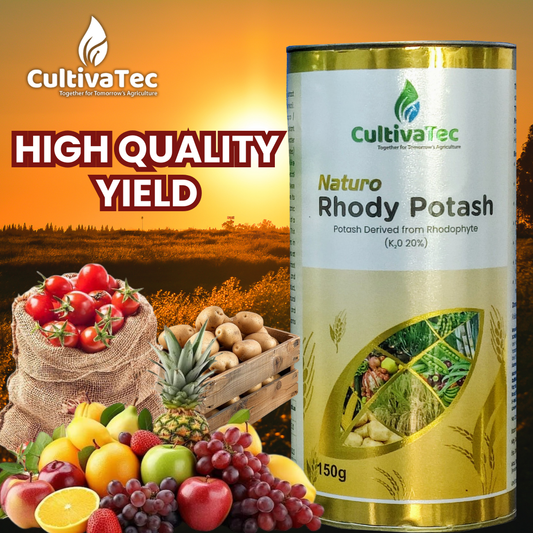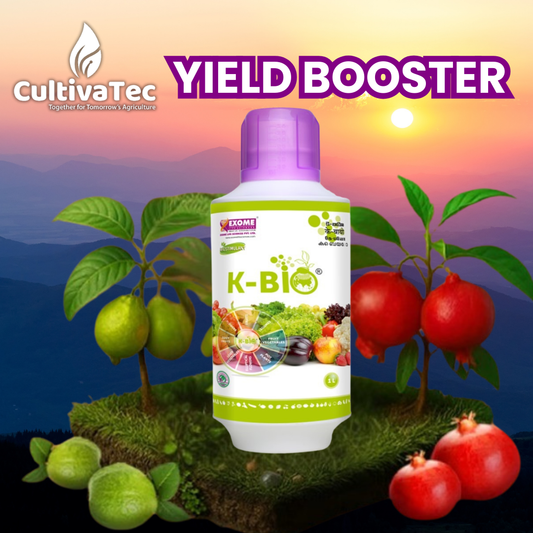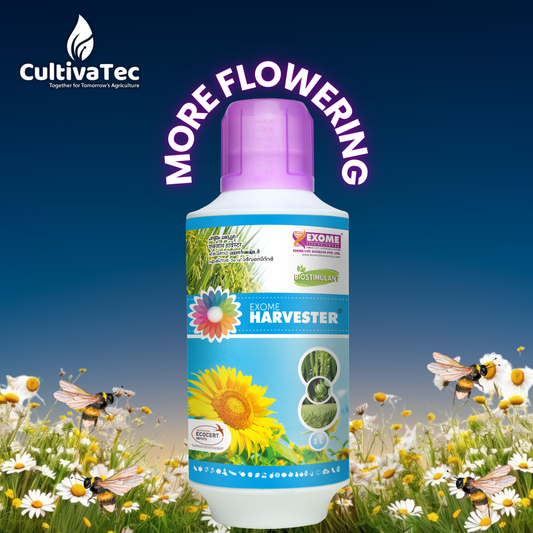cultivatec smart practice
Cultivatec
Expected fertilizer and Agrochemical Expenditure
Rupee 23,000
Expected Harvest
15 quintal/acre
Expected Income [Rs]
Rupee 75,000
standard practice
Standard farming
Expected fertilizer and Agrochemical Expenditure
Rupee 26,000
Expected Harvest
12 quintal/acre
Expected Income [Rs]
Rupee 60,000
Stage 1: Seedling Establishment (0–20 DAT)
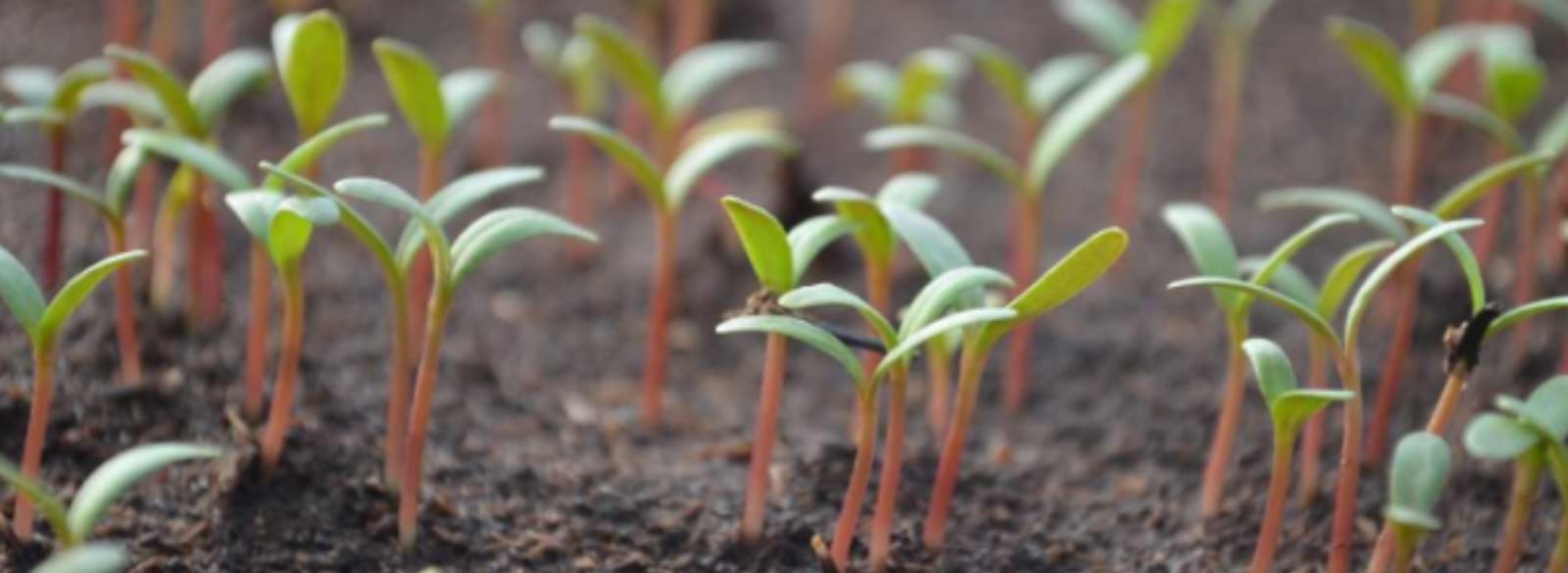
Seed germination and root priming dominate this stage, with seedling sturdiness determining transplant success. Rapid root elongation, early leaf unfolding, and uniform seedling vigour are the key physiological markers.
An optimum temperature of 25–30 °C and soil pH 6.0–6.8 ensure proper nutrient uptake. Moist, well-drained nursery beds are essential; waterlogging or drought checks growth and increases damping-off risk.
Focus is on balanced NPK to promote early root and shoot growth, zinc for vigour and enzyme activity, and organic conditioners for soil health, nematode control, and immunity.
Base fertility and soil health
Uniform sprouting with robust primary roots.
For strong seedlings & healthy roots
Uniform sprouting with robust primary roots.
Stage 2: Vegetative Growth (20–40 DAT)
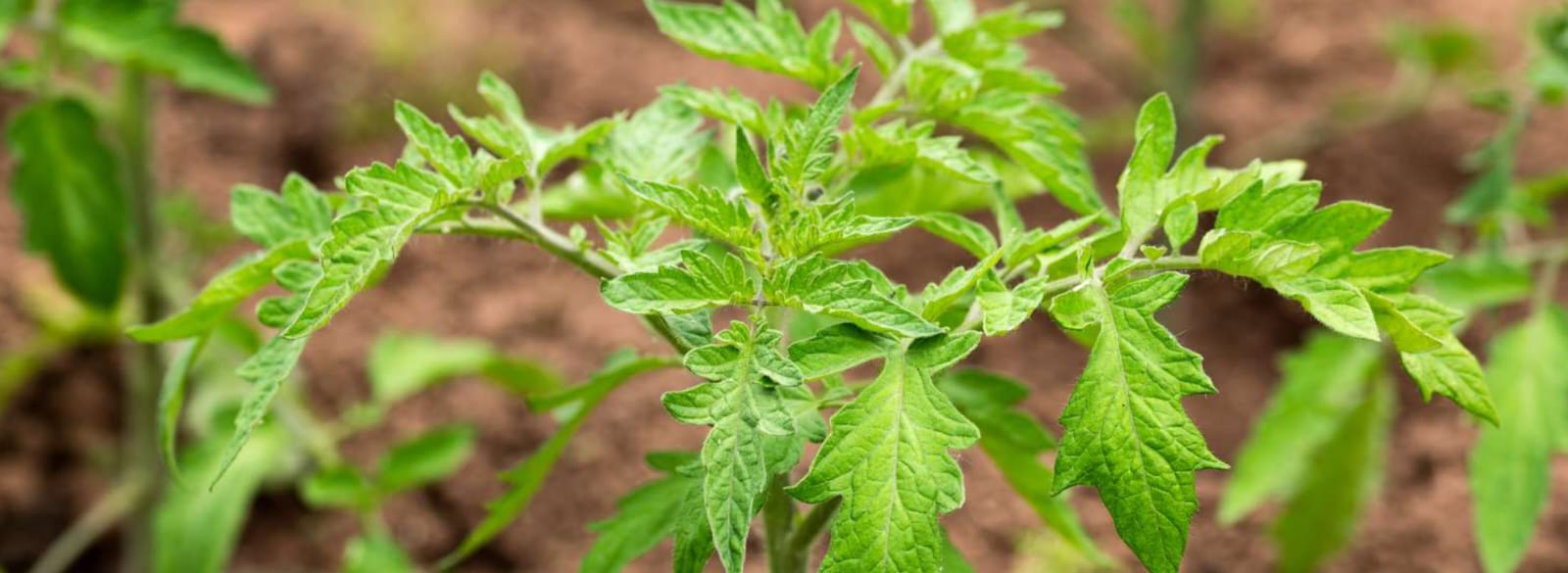
This stage is characterised by rapid leaf expansion, stem elongation, and branch development. A strong canopy ensures better photosynthesis and sets the foundation for high flower initiation later.
Optimum temperature range is 20–28 °C with soil pH of 6.0–6.8. Consistent soil moisture is essential; both waterlogging and drought cause stunted growth and susceptibility to pests. Timely weeding and staking improve plant architecture.
Focus is on nitrogen-driven growth supported by phosphorus for roots and CMS nutrients (Ca, Mg, S) for cell wall strength, chlorophyll synthesis, and metabolic activity. Balanced nutrition avoids weak, soft growth and prepares the plant for flowering.
For robust canopy & strong branching
For strong growth and balanced nutrition
Stage 3: Flowering / Fruit Set (40–60 DAT)
This stage marks the transition from vegetative growth to reproduction, where flower initiation, pollination, and fruit set dominate. Nutrient demand shifts towards supporting reproductive organs while avoiding excessive vegetative growth.
Optimum conditions include 22–30 °C temperature, adequate sunlight, and well-aerated soils. Stress from drought, nutrient imbalance, or pest pressure during this phase directly reduces flower retention and fruit set.
Phosphorus and potassium ensure strong flower initiation, retention, and pollination success. Calcium strengthens flower and ovary tissues, while controlled nitrogen avoids lush foliage at the expense of flowers.
For abundant flowering & healthy fruit set
Stage 4: Fruit Development (60–90 DAT)
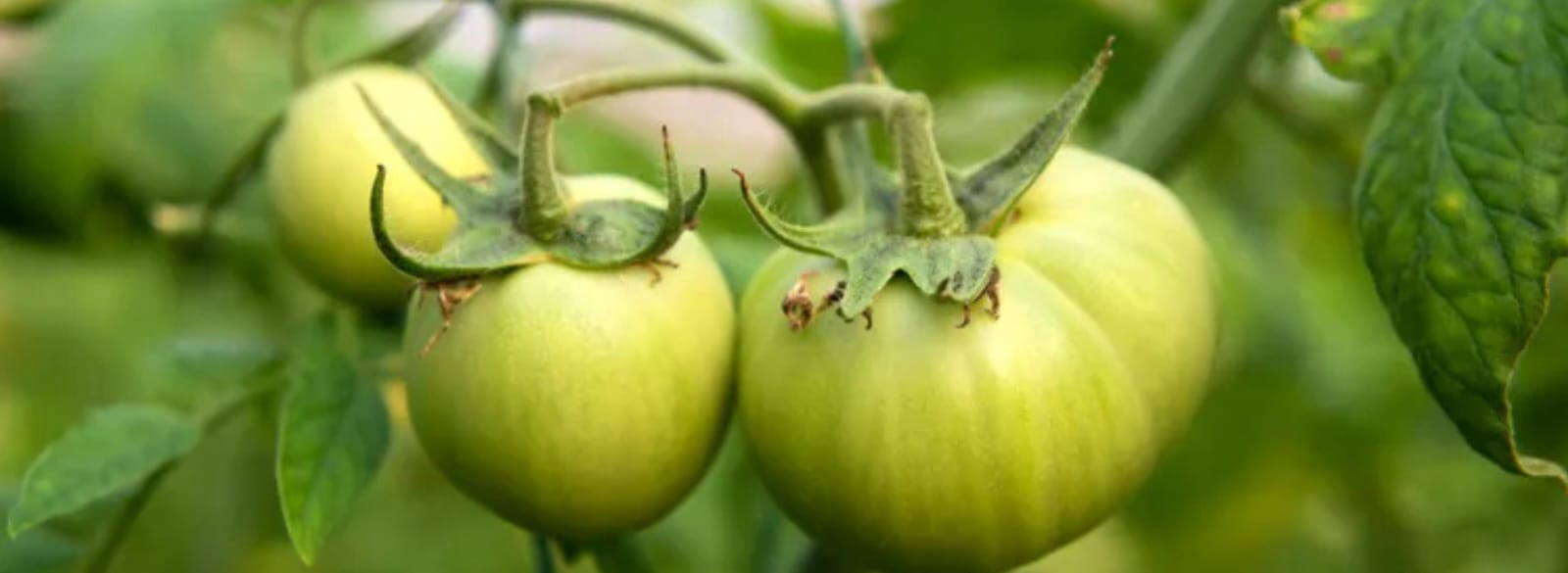
This stage focuses on rapid cell division and expansion within the fruit, which determines size, firmness, and quality. Carbohydrate translocation from leaves to fruits intensifies, demanding balanced nutrient supply.
Optimal conditions include 25–32 °C temperature with consistent soil moisture. Any fluctuations in irrigation or nutrient stress during this period lead to poor fruit size, cracking, or physiological disorders.
Fruit cell expansion and sugar accumulation dominate this stage. Potassium accelerates fruit filling and enhances TSS and colour, while calcium and boron strengthen cell walls and prevent disorders like cracking or blossom-end rot. Multi-nutrient support ensures balanced metabolism for steady growth and improved fruit quality.
For bigger, firmer & sweeter fruits
To avoid Blossom End Rot
Stage 5: Ripening / Pre-Harvest (90+ DAT)
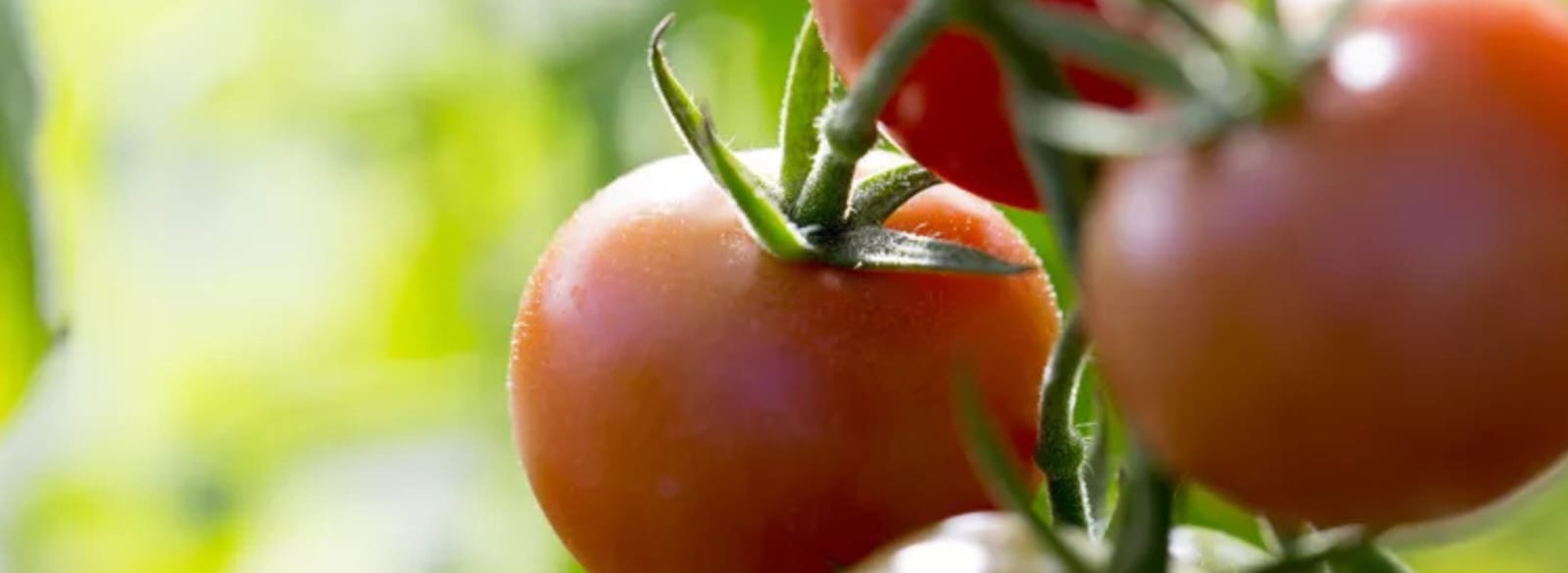
This stage is marked by pigment accumulation, sugar conversion, and softening processes that finalize fruit quality. Uniform ripening depends on a steady supply of assimilates and balanced nutrition.
Optimal conditions include warm days (25–30 °C), moderate nights, and non-fluctuating irrigation. Any moisture stress or nutrient imbalance at this stage results in patchy color, reduced firmness, or poor shelf life.
Potassium supports uniform color development and sweetness, calcium fortifies cell walls for transport resilience, and magnesium maintains photosynthetic activity in foliage to sustain fruit filling. Micronutrients like boron aid in final seed and fruit maturation.




